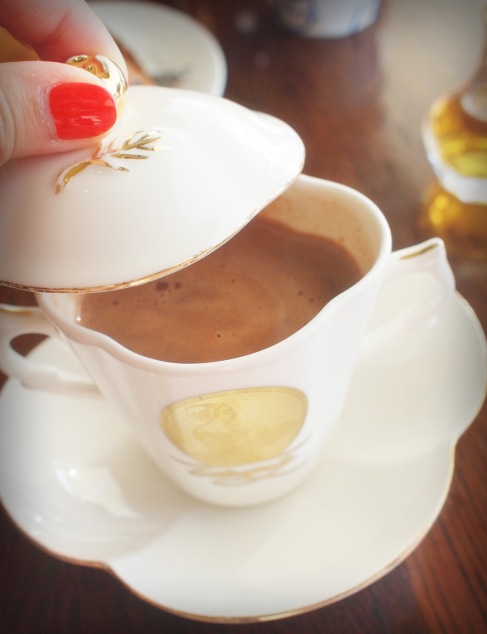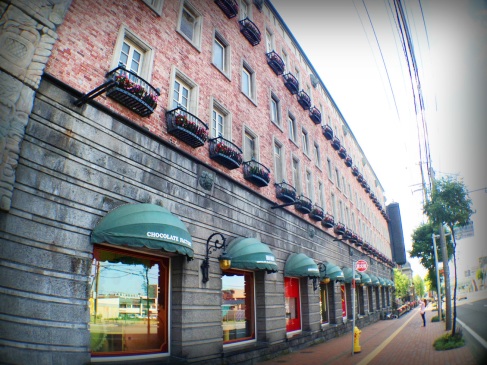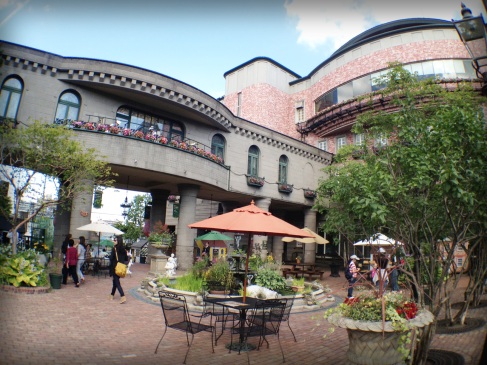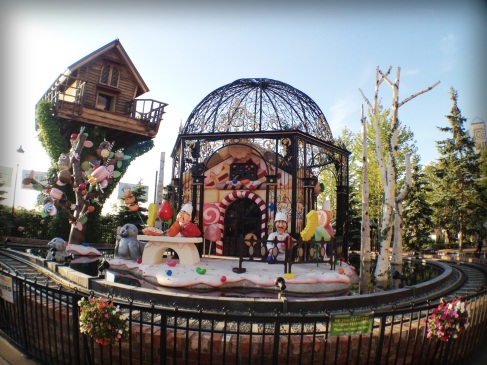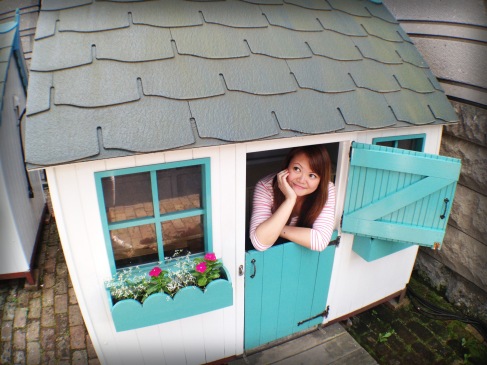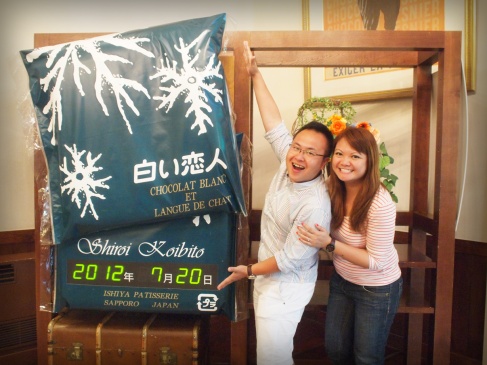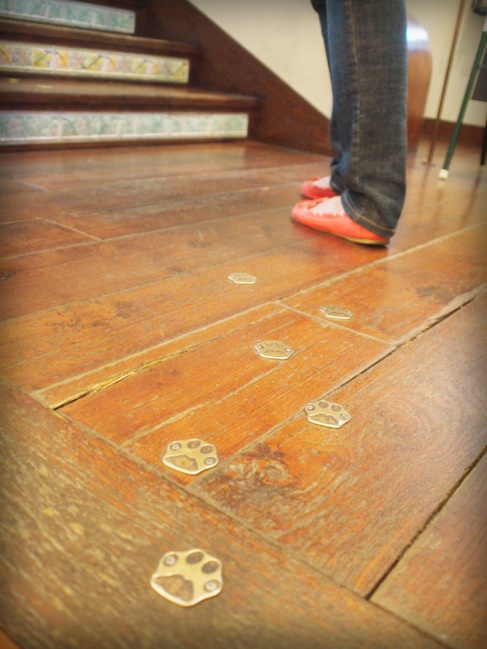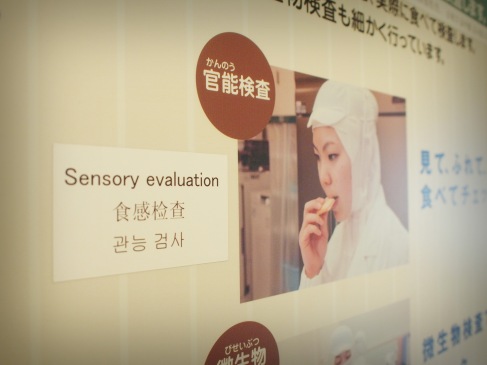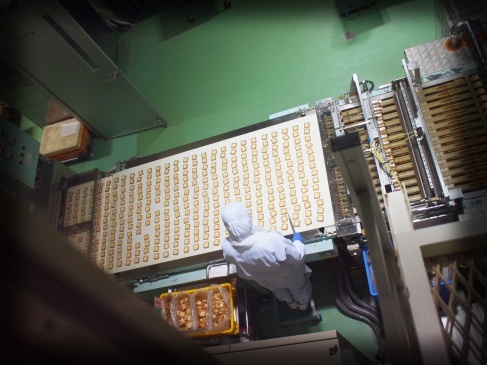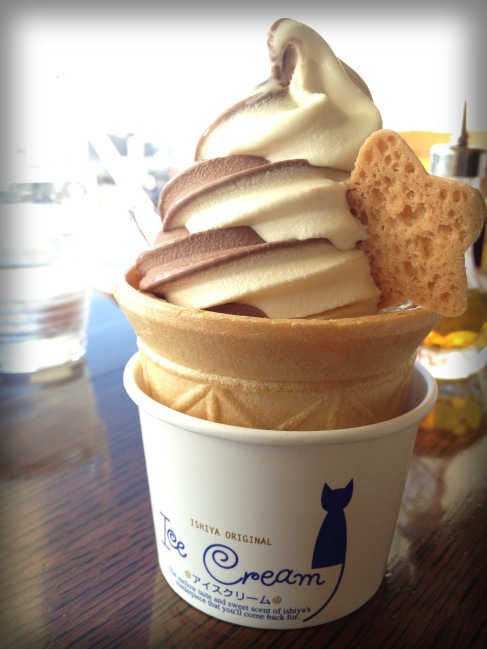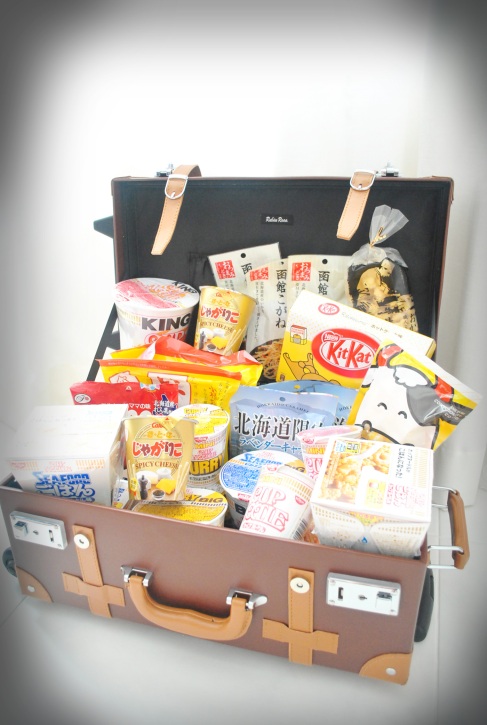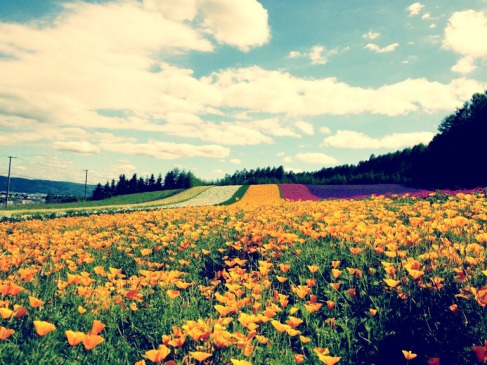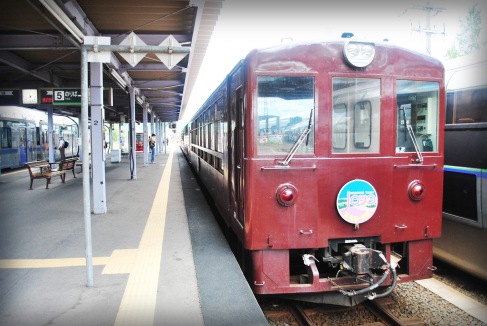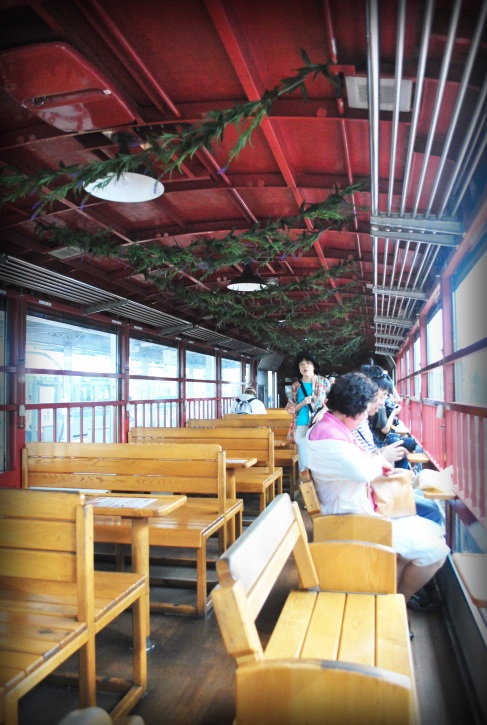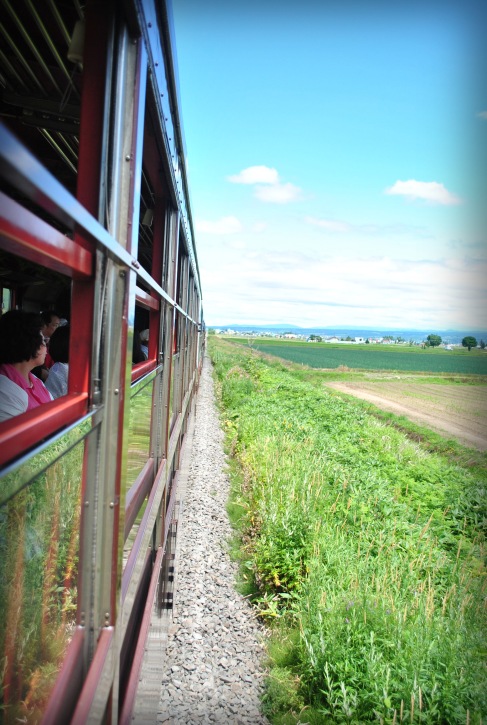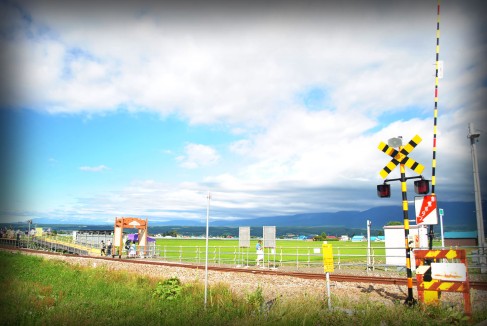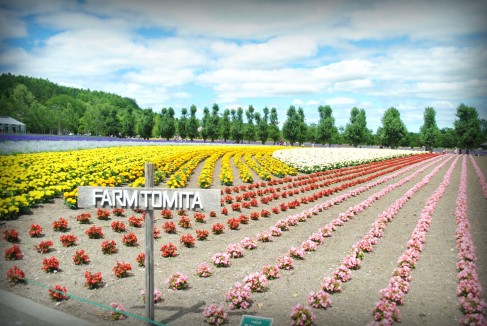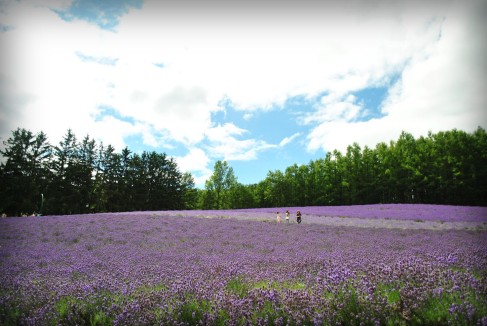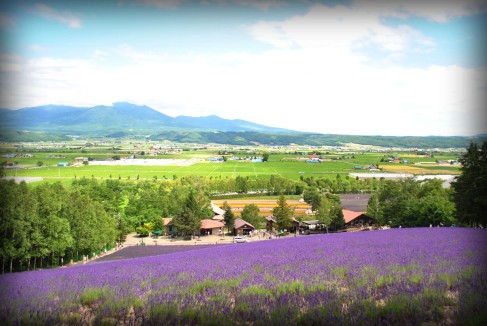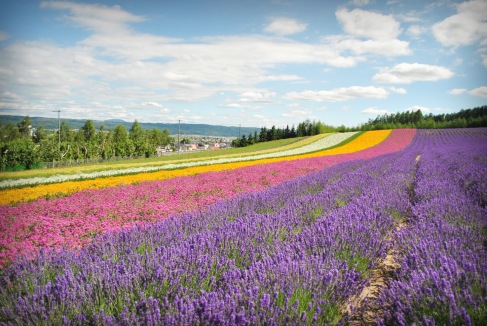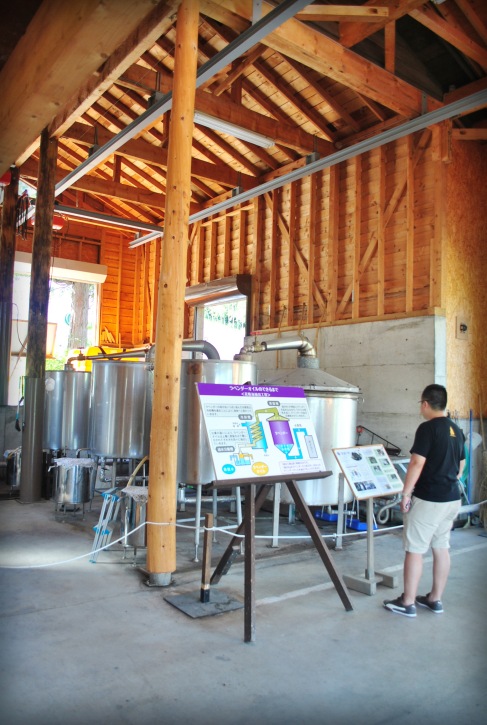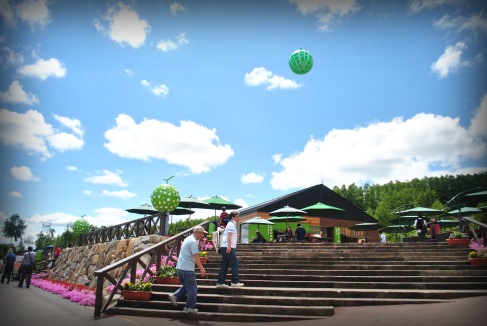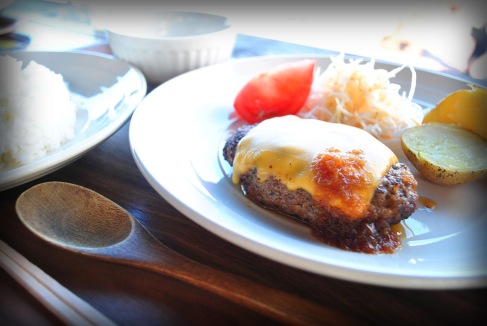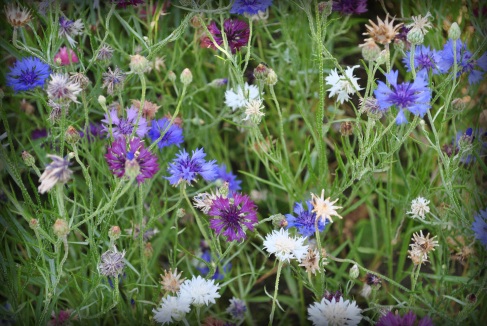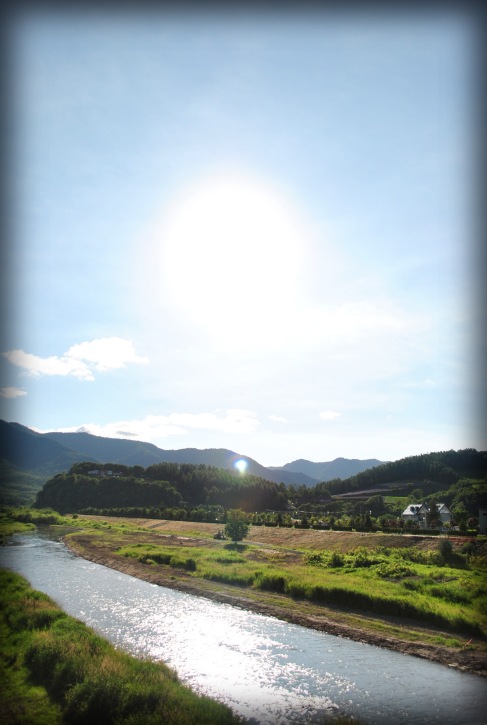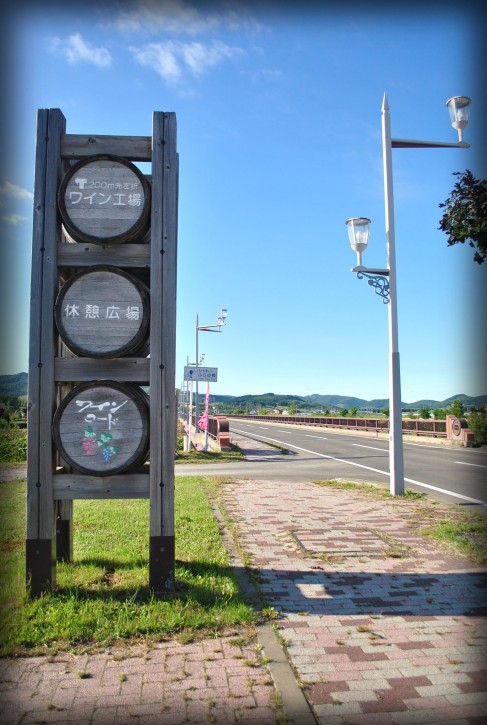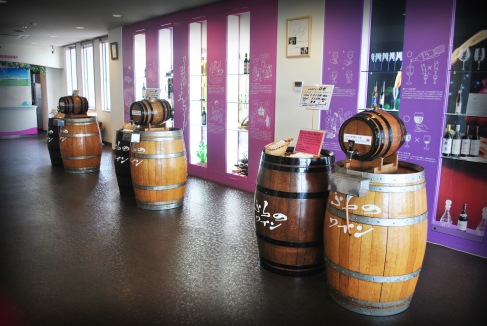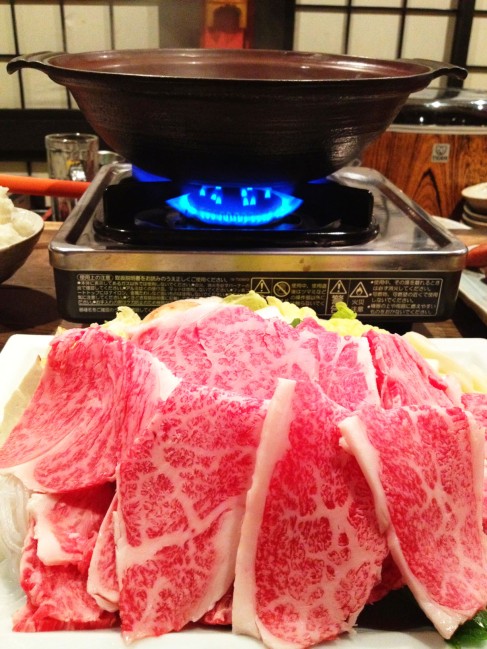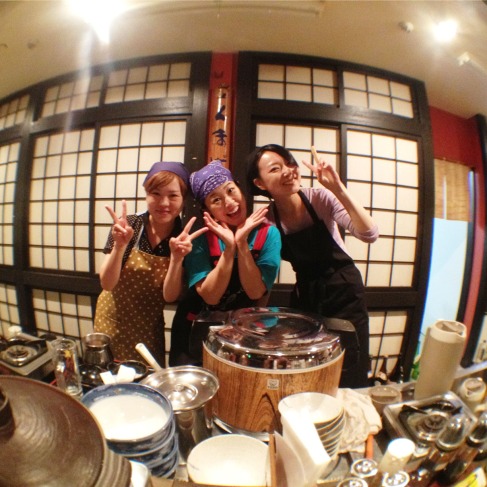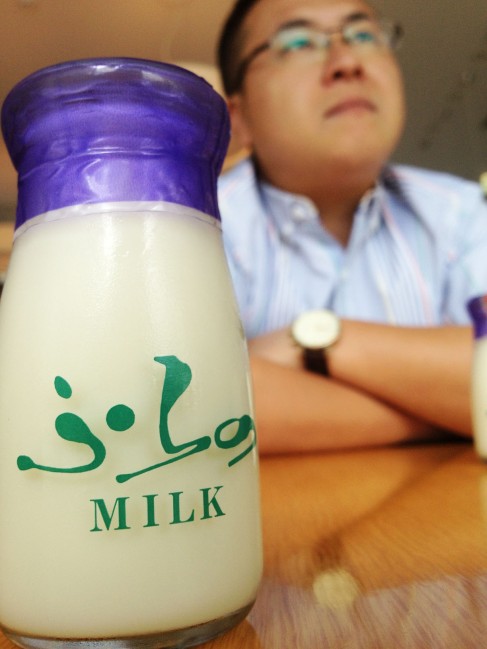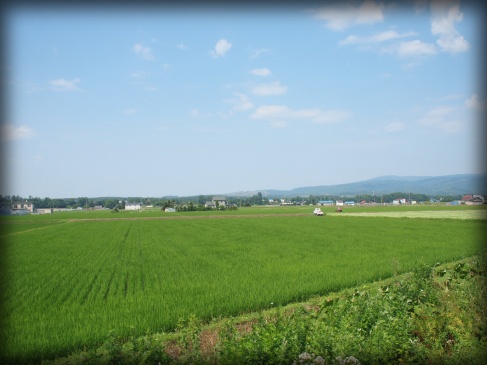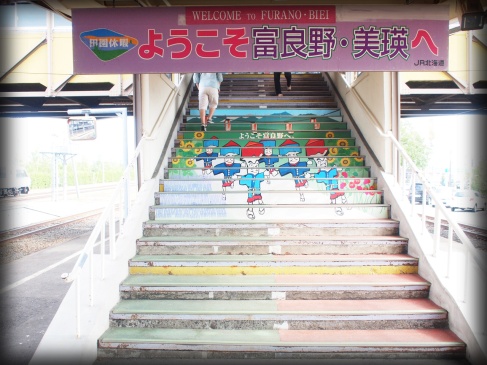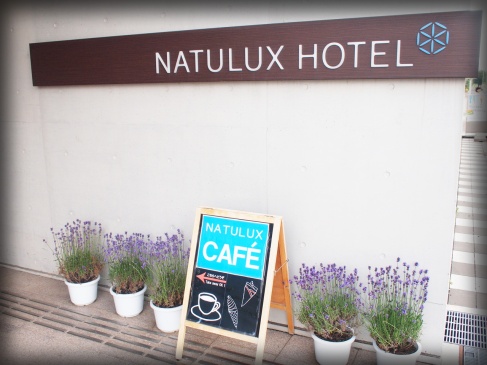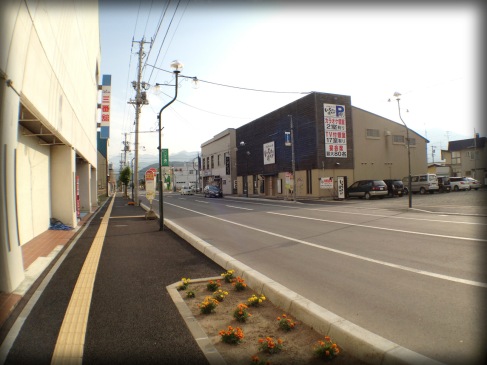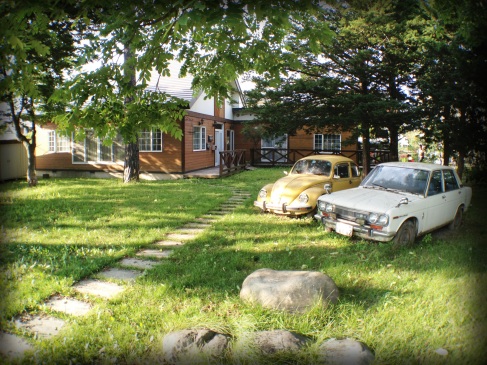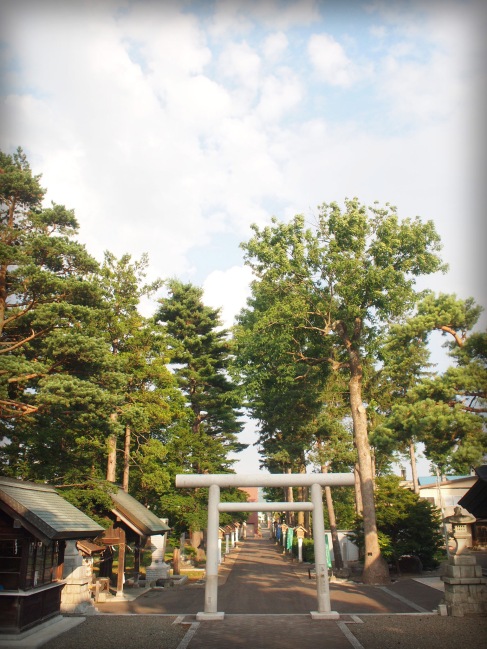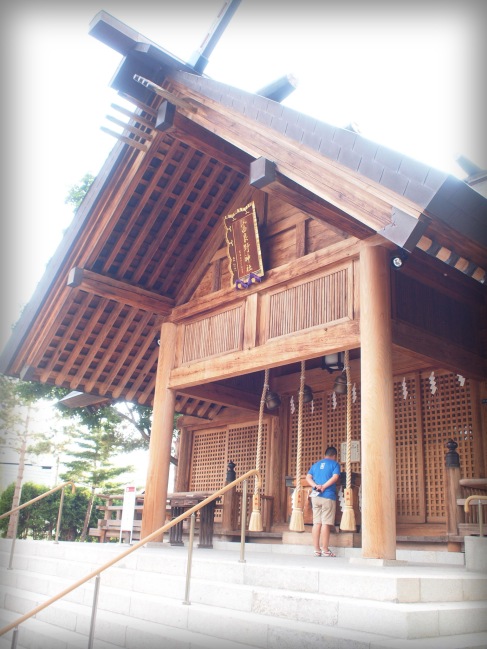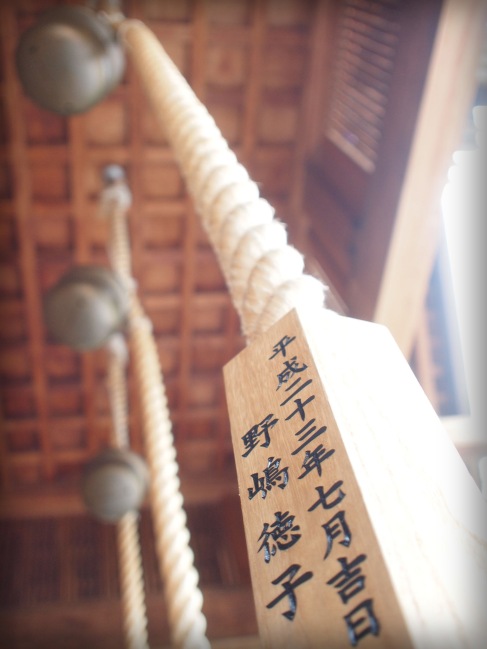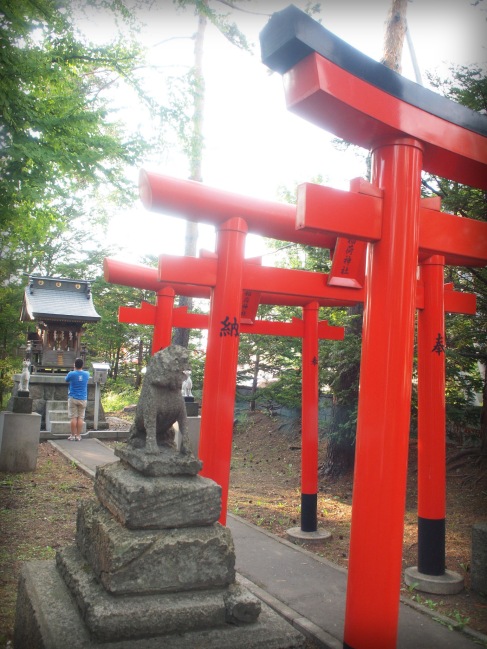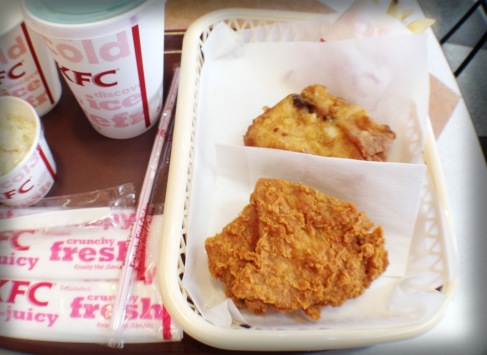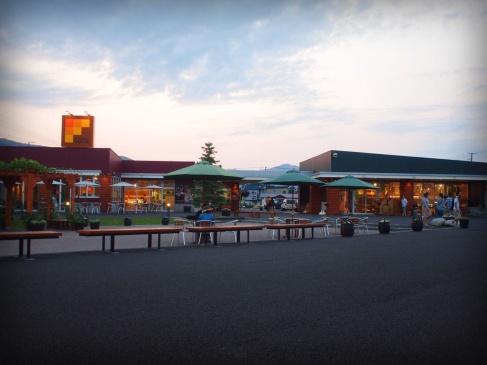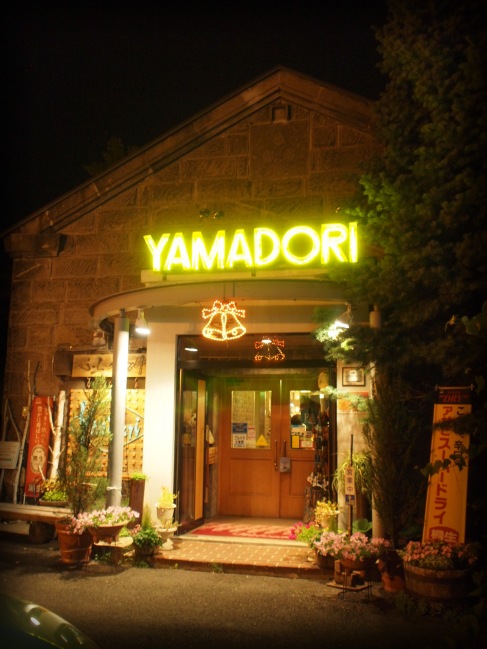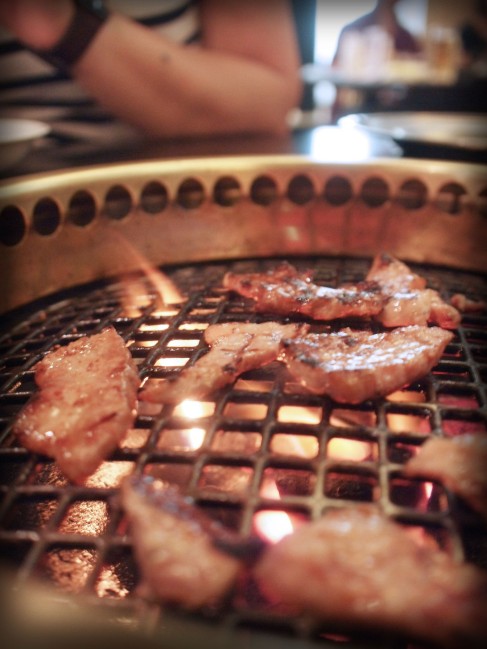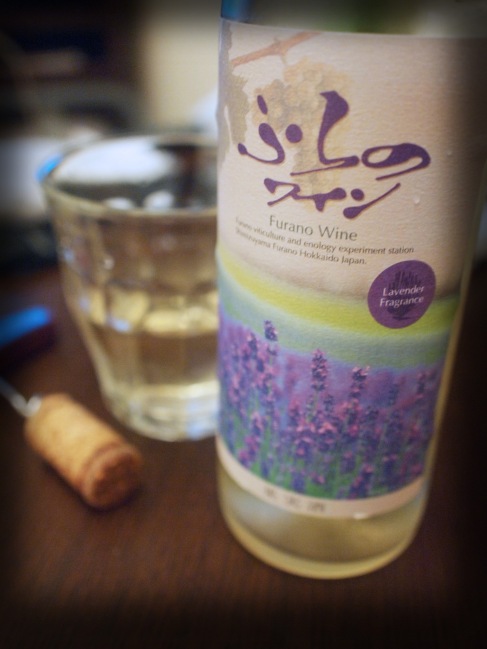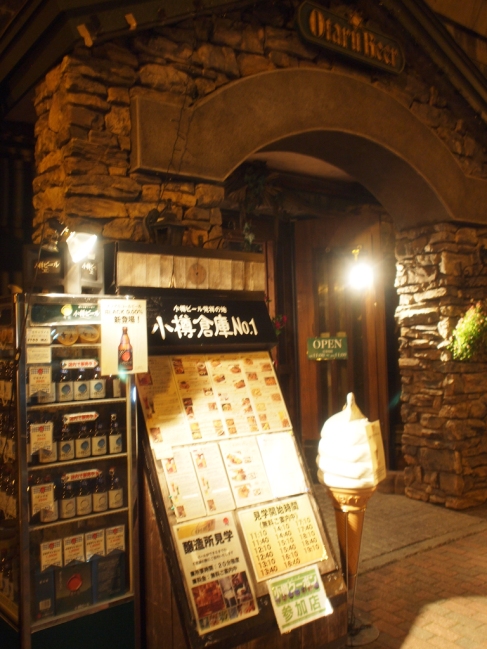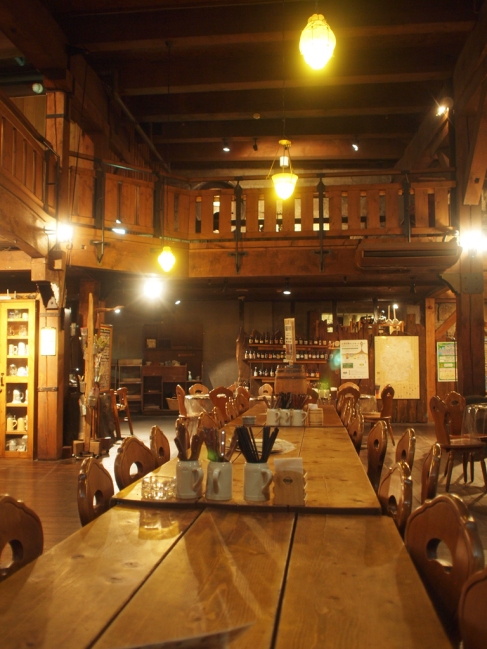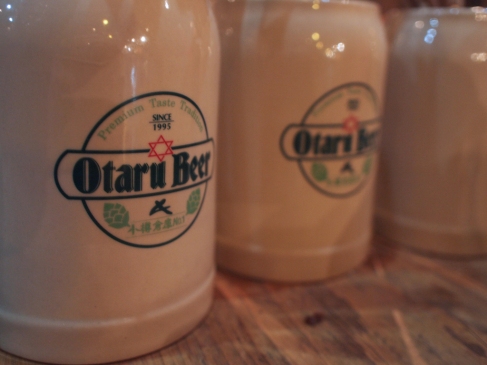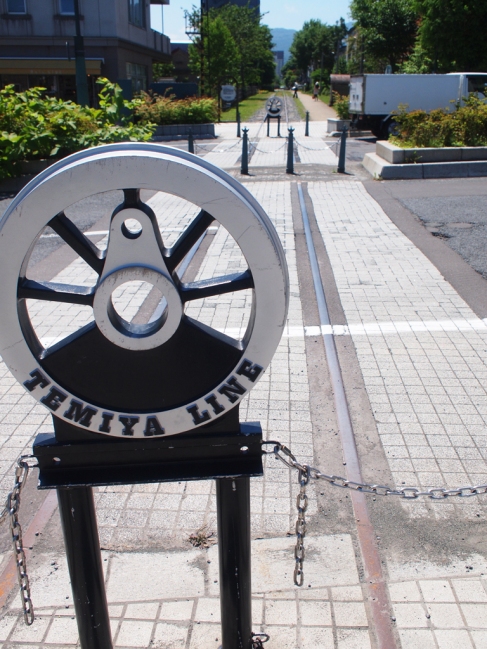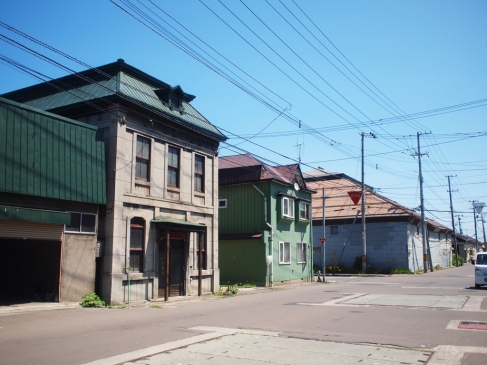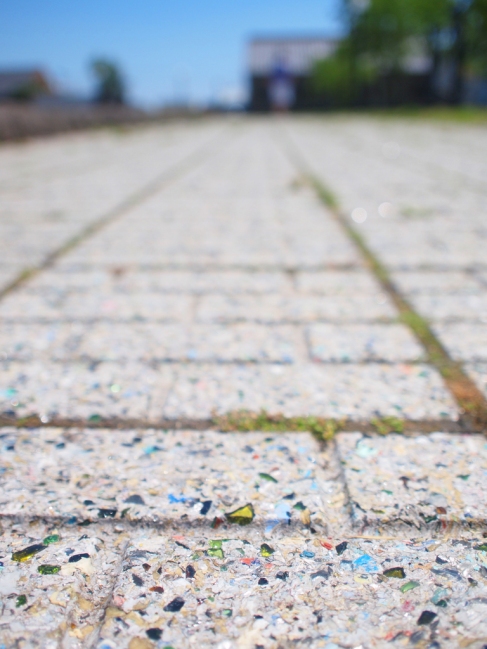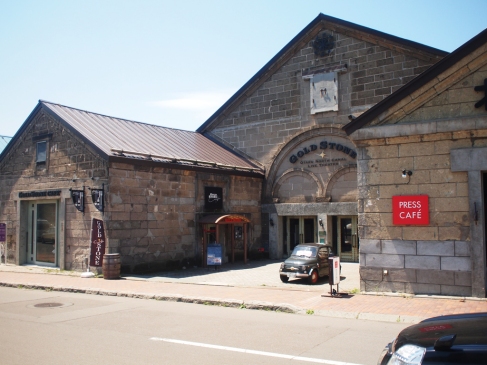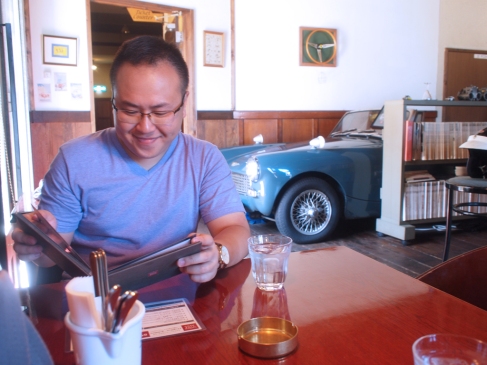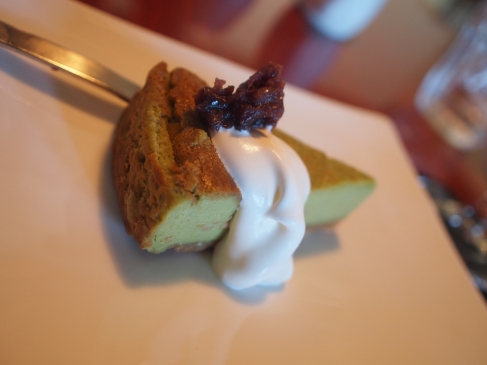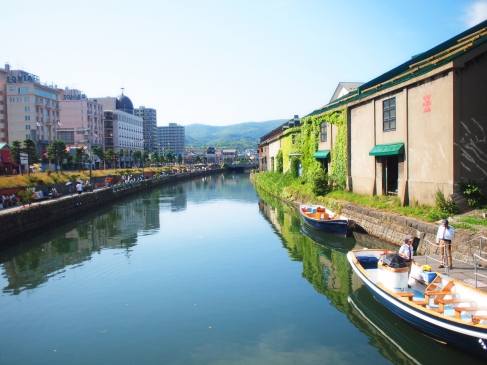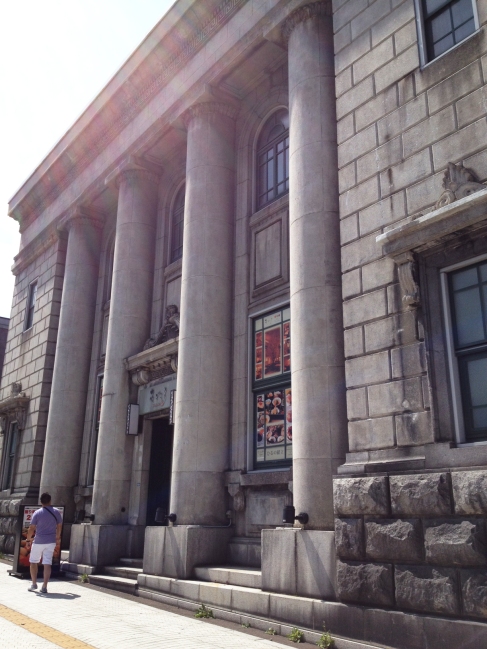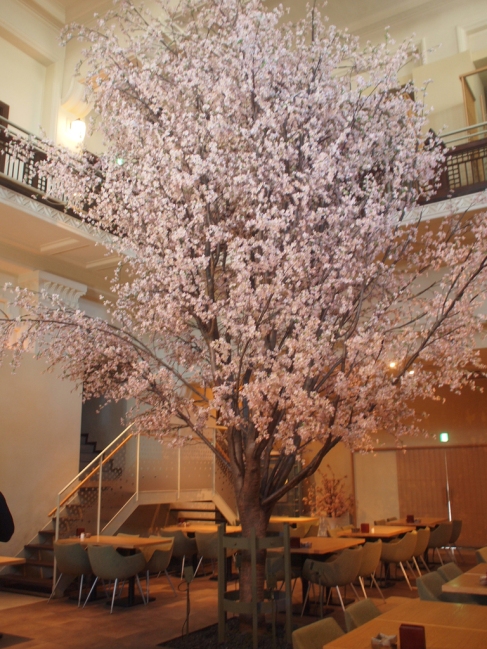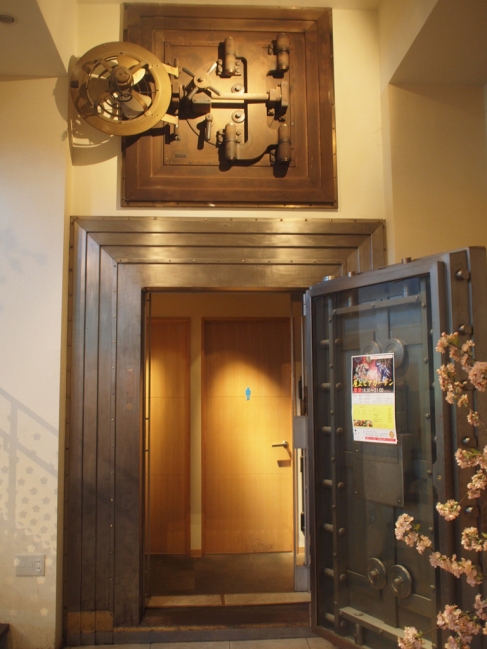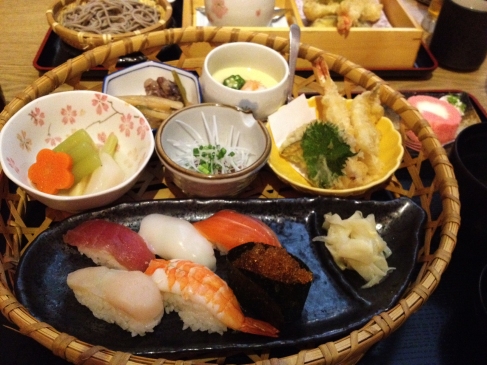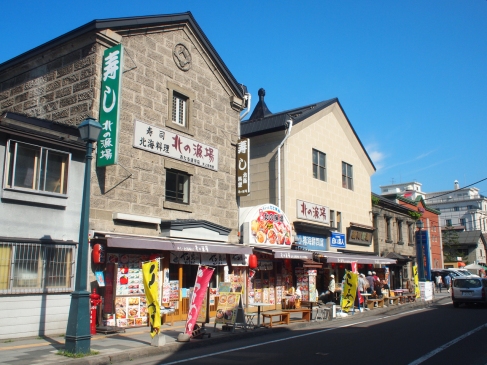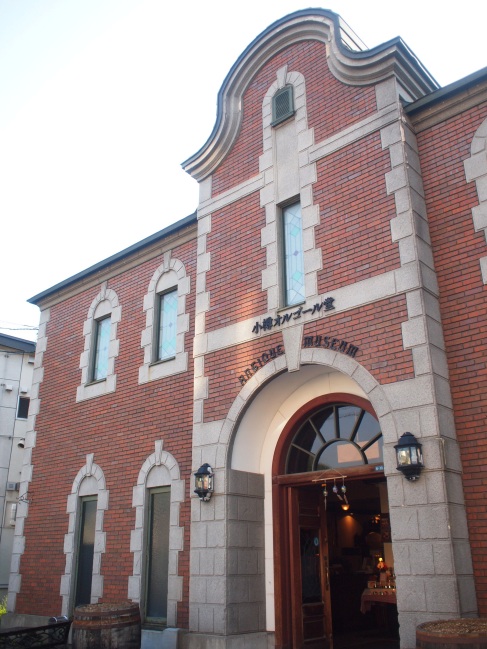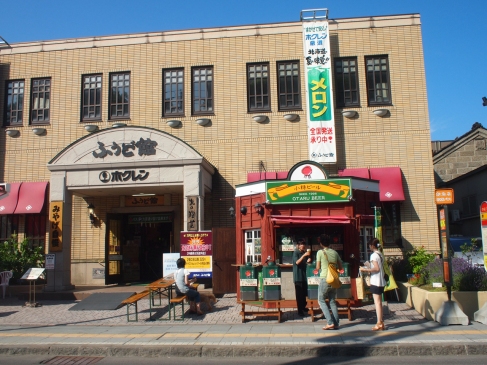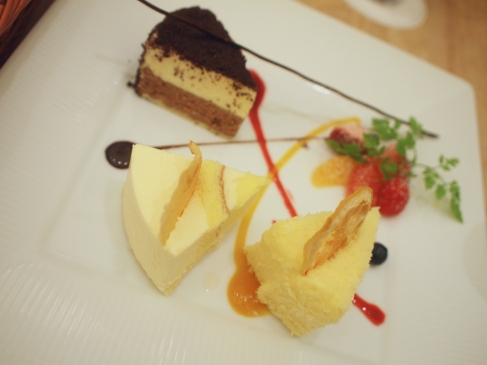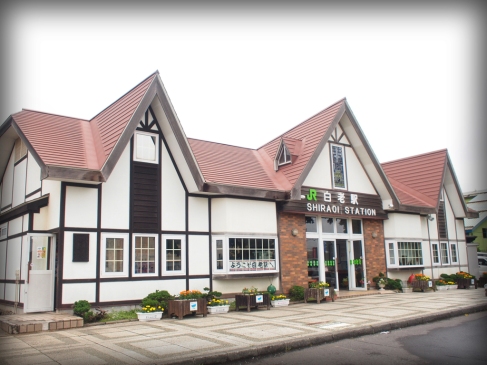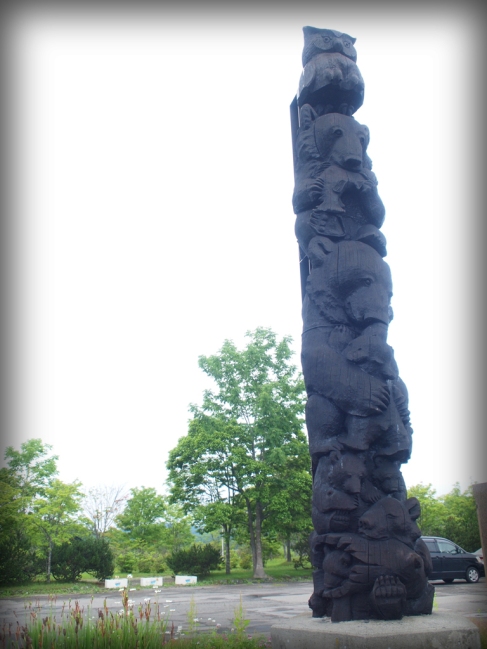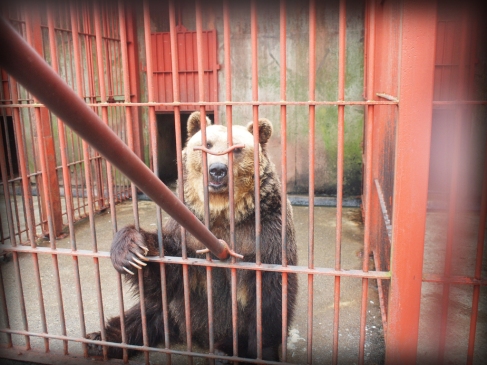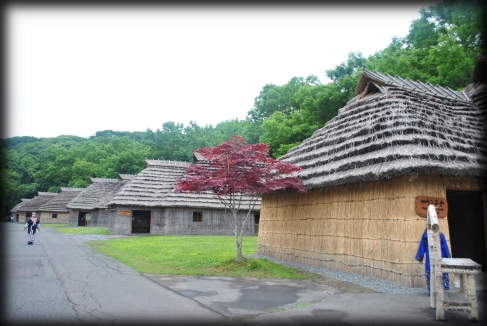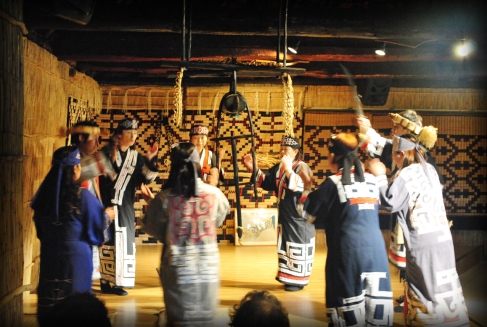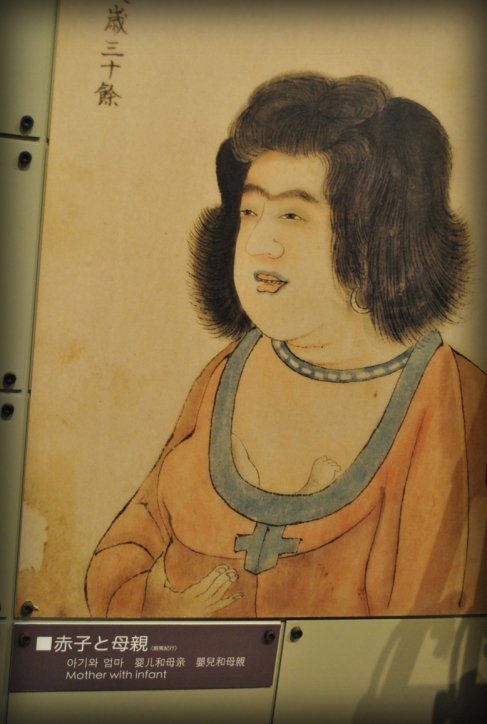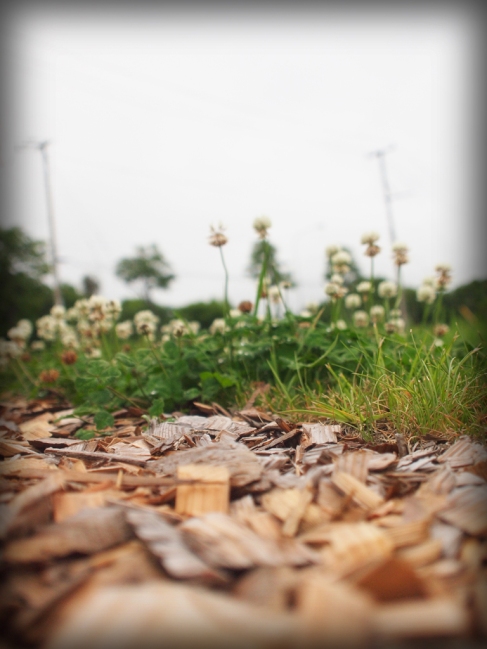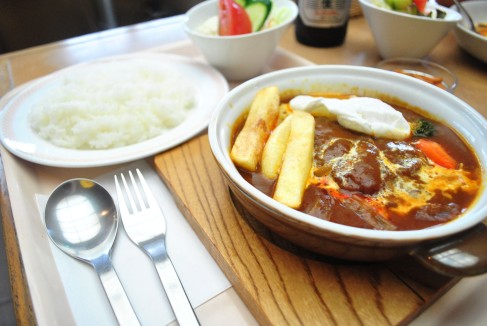Having seen Japan transit gently from glorious autumn to winter last year, the husband and I now desire to have a look at the destination’s summer outfit.
So this summer we packed our bags for Hokkaido, with our first stop being Hakodate.
We took a red-eye flight from Singapore on July 13, arriving in Haneda airport early next morning. From there we went on to Chitose airport on a 95-minute domestic flight. But we were not done with the commuting part yet. From Chitose we moved from plane to train, and embarked on a ride that took us to our intended destination, with a connection in Sapporo.
It was 3.40pm when we finally exited the train station and breathe in the crisp air of the port city. Hurrah!
It is easy to get around Hakodate. Just hop on a tram which covers most of the key areas a leisure tourist would yearn to visit. A ride costs 220-280 yen per passenger, depending on the number of stops.
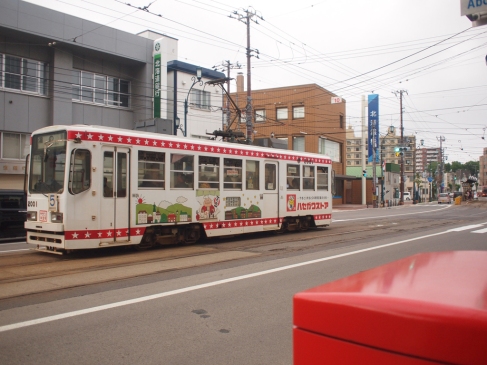
Our hotel in this city was Hotel Nets Hakodate, some 20 minutes by tram from JR Hakodate station.
It was lovely too that our room was a little bigger than what we had come to expect of Japan’s mid-range hotels, and it sits in a convenient part of town. A well-stocked convenience store is located next to the lobby, and several western and Japanese restaurants and bars are within walking distance.
The sun had just set by the time we were rested and refreshed, so we headed out for dinner, with the intention of settling down in a busy izakaya and stuff our faces with kushiyaki, beers and sake all night long.
After a five minute walk, we came upon a two-storey building with two restaurants side-by-side. Streams of people were entering each. If the locals like these restaurants, they can’t be that bad, right? So we picked one and popped in.
Called Watami 和民居食屋, the restaurant was a nice set-up with an enclosed grilled area. Good; we would not be smelling like kushiyakis at the end of dinner. Unfortunately, Watami’s grills were manned by Slowpoke Rodriguez, and our first skewered meat came almost an hour after we placed our order. The second skewered meat came 15 minutes later, and the third, 10 minutes. We had cleared four mugs of Asahi beers between us by the time all our food orders were delivered. Although we wanted to eat some more, we were certain the poor service would continue through the night.
So we left Watami and look elsewhere for more food. But instead of more kushiyaki and beer, we slipped into a cafe for a cup of hot chocolate and chocolate cream donuts.
The next day, we started off early for Goryokaku Tower and fortress. Since we could see the tower from our window, we figured we could walk there. Cutting through a quiet neighbourhood, we arrived at the attraction in probably 20 minutes. It was a lovely walk, as we discovered cute little houses, pretty flower bushes and a kids playground with swings.
The wonderful thing about free and easy holidays is that one could do whatever one liked, without a time-table to adhere to. So we spent a few minutes on the swing, laughing loudly like we were kids again.
Before heading up to Goryokaku Tower, we decided to have breakfast at Lucky Peirrot, a huge hamburger chain in Japan. Each outlet has a unique decor and this one has an angels theme.
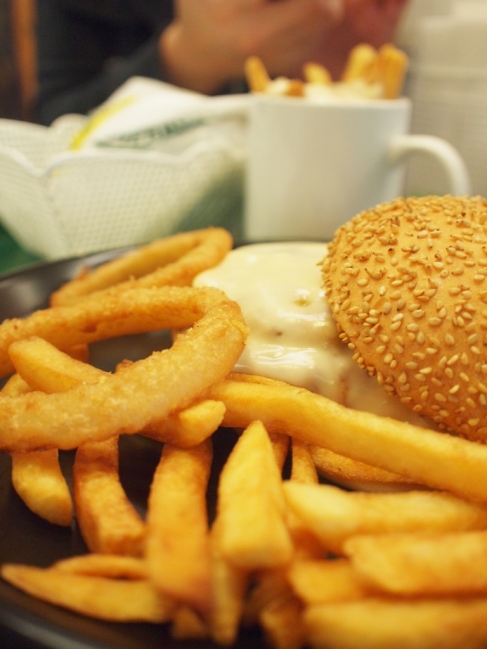
I had a Hakodate Snow Burger, which I guess was named so because of the layer of cream cheese that covered the beef patty. Quite tasty, but too heavy for breakfast and it could feed two of me!
We ascended Goryokaku Tower with happy and heavy tummies. It costs 840 yen per person to enter the tower and enjoy a bird’s eye view of the fortress and the surrounding Hakodate city. Visitors could also learn about the history of the fortress, but the storyboards were all in Japanese. What a shame.
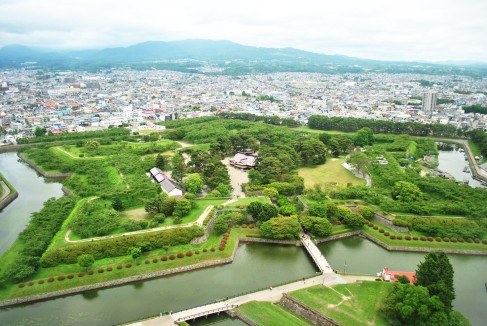
So we took as many photos as possible and hung around for as long as we could bear to make the money worth, the descended to visit the fortress that is now a park. In spring, the park is popular for cherry blossom viewing. In summer now, the park is just like any other parks.
In the centre of the park stands a remnant of the Ezo-era fortress. We did not want to explore the interior of this ancient government hall, and chose instead to sit on a bench outside and enjoy the breeze and rustling leaves. Later, we strolled through the park.
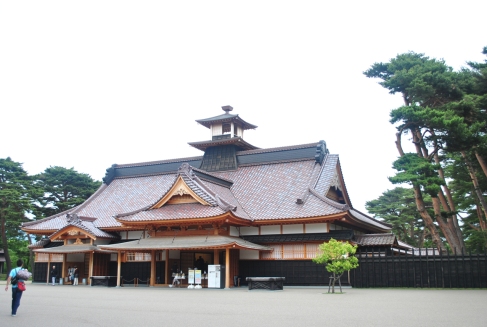
When we were done, we walked back to our hotel for a short rest and took the tram to Jujigai where the famous red brick waterfront warehouses are a few minutes’ walk away. Built in the late 1850s-early 1860s, these warehouses were important port facilities. Now, they are home to retail shops and dining outlets. Most shops inside sold tourist stuff, fashion accessories and knick-knacks. We got bored quickly, and went in search of the Hakodate Beer Hall.
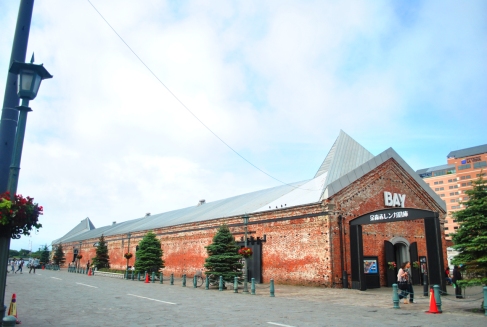
We found it quite easily, and slipped in for a midday beer and a wonderful hot-plate ika (squid), while we worked out our plans for the rest of the day.
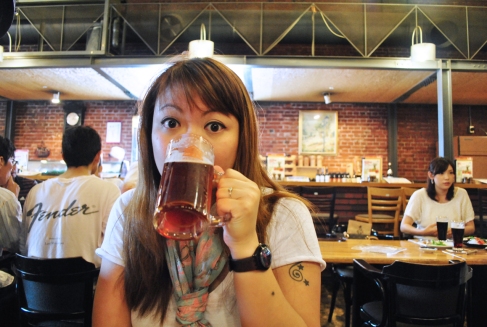
Next, we walked down the rest of the waterfront stretch, bound for the laid-back Bay area and Hakodate’s famous district of 19 slopes and multiple churches and temples that date back to the 19th century.
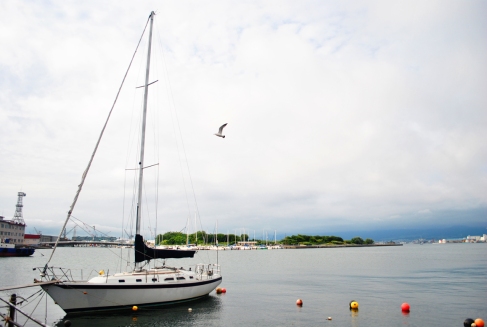
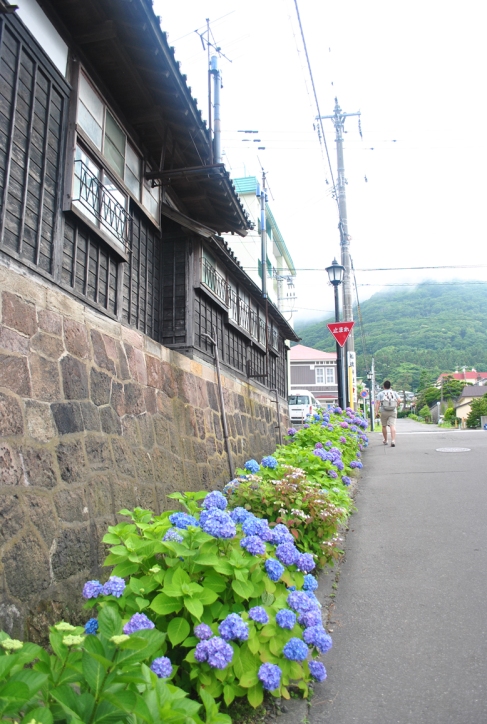
Walking up those slopes worked my gluteal muscles to death! I had to console myself with the thought that my butt would be firmer at the end of this trip.
We were supposed to end up at Mt Hakodate Ropeway Station at about 6pm, so that we could head up to the peak to catch the sunset. But we got there much too early, and discovered that the ride up would take only three minutes. So we made our way back to Jujigai, where we saw a busy little ramen shop earlier on.
There was more than enough time for a quick ramen indulgence. :)
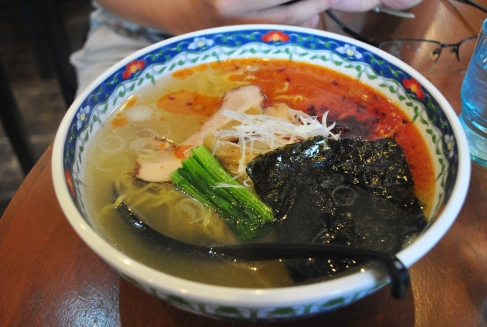
Aburi whips up ramen with miso and shio soup base, as well as a fragrant fried noodle dish with ika. But we had to share an item so as not to ruin dinner later on. Our choice was a bowl of spicy shio ramen, and it was a great choice! It turned out to be the best meal we had in Hakodate.
After that, we strolled up the slopes again to get to the ropeway station. It was 6pm by then, and a fog had started to thicken at the peak of Mt Hakodate. Dang! The lady at the ticket counter waved a warning in English about the obstructed view. So, we decided to wait around and see if the fog would clear up.
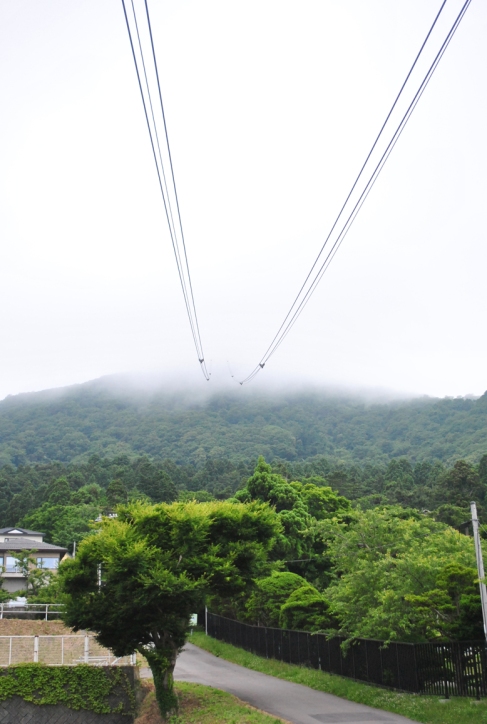
The fog did sort of clear after a couple of minutes, so we bought tickets (1,160 yen per adult; two-way) for the ride up.
Once we got up there, we realised that it did not matter if the view of Hakodate and the bay was blocked out by the fog. The peak was nice and cold, and there were sparsely placed benches for visitors to sit on. It was perfect for the two of us to enjoy each other’s company while waiting for the sun to set. If only we had a bottle of sake to share!
Just as the sun started to slip over the horizon at around 7.20pm, the blasted fog rolled in again. It became so foggy that it was as if we were floating on clouds! :D
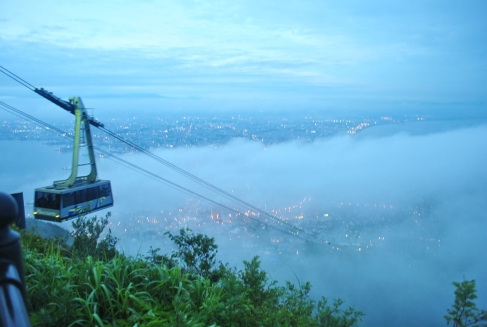
Then at 7.45pm, the night sky suddenly burst into a flurry of fireworks. That took us by surprise. We later found out that we were so lucky, as the fireworks were part of a summer celebration that very day. The fireworks lasted for an hour. The city government must be so rich! :D
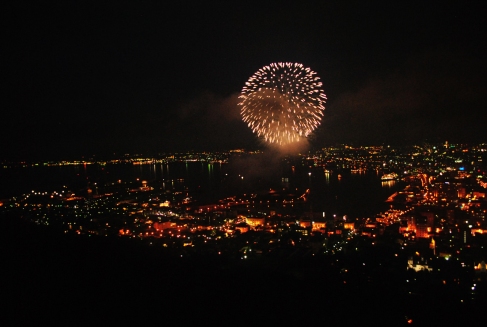
It was quite a bonus, really. We had initially planned to start our holiday in Lake Toya, where fireworks would take place every evening in summer. I chose to skip that eventually, as hotel rates were ridiculously high in Lake Toya. Little did we know that we would be so lucky to catch a fireworks display in Hakodate!
Sometime after 8pm, we made our way down Mt Hakodate by ropeway. Instead of taking the tram back to our hotel, the husband and I decided to walk along the tram lines to see more of the city. We figured that we could just hop on the tram when we were physically exhausted. We walked and walked, and could finally walk no more when we reached Ekimae station, which is close to the JR Hakodate station. Unfortunately, that was a busy area, and we were not able to board any trams because of the huge post-party crowd.
So we gritted our teeth and walked on. The trams were full at the following stop too, and it didn’t help that the trams came at 15-minute intervals in the night, and there were only two more tram services before the last ride. Alas, the last ride was too packed to admit new passengers.
Frustrated, we walked all the way back to our hotel. I am amazed by my legs’ capacity for pain. Looking back now, the husband and I had actually walked A LOT that day! Imagine, we had walked all day around Jujigai, the warehouses, the bay area, up and down the slopes, and then from Jujigai to our hotel in the Goryokaku area.
And my feet are still intact!
But of course, my back punished me all night for the long trek, and I wished I could magic myself back home to Auriga Spa for a massage.
Our adventures in Hakodate ended the next morning, and we made our way to Shiraoi and Otaru.
